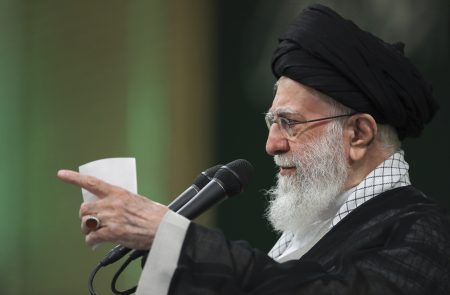She focused on appealing to this demographic by highlighting shared values and experiences, aiming to persuade them to consider supporting the Democratic ticket. By having a prominent Republican woman endorse and vouch for her, Kamala Harris hoped to bridge the partisan divide and reach across party lines in pursuit of much-needed support in key swing states.
The collaboration between the two women was a strategic move by the Biden-Harris campaign to broaden their appeal and attract undecided voters. By enlisting an influential figure from the opposing party to speak on behalf of their candidate, they hoped to sway moderate and conservative women who may have been hesitant to support a Democratic ticket. This partnership showcased a willingness to set aside partisan differences in favor of unifying the country and addressing common issues.
Throughout the campaign trail, the pair emphasized the importance of unity and working together to overcome the challenges facing the nation. By presenting a united front despite their differing political affiliations, they sought to model a spirit of cooperation and bipartisanship for the American people. This message resonated with voters looking for leadership that prioritized unity and collaboration over division and partisanship.
The joint efforts of Kamala Harris and the Republican former congresswoman had a measurable impact on their ability to connect with voters in suburban battleground areas. By engaging directly with conservative women and presenting a message of inclusivity and common ground, they were able to make significant inroads with this key demographic. The support of a respected conservative figure helped to legitimize Harris’s candidacy among those who may have been skeptical or hesitant.
Ultimately, the collaboration between Kamala Harris and the Republican former congresswoman demonstrated a willingness to reach out across party lines and work towards a shared goal of national unity. By emphasizing shared values and common goals, they were able to build bridges with conservative women and broaden their base of support in critical swing states. This approach highlighted the importance of putting aside differences for the greater good of the country and served as a model for how political leaders can come together to address pressing challenges.
As the election drew closer, the impact of this partnership became increasingly apparent, with polls showing a shift in support among conservative women towards the Biden-Harris ticket. By effectively engaging with this demographic and presenting a message of unity and collaboration, the two women were able to build a broad coalition of support that ultimately contributed to their victory. The success of their joint efforts served as a testament to the power of bipartisanship and the potential for bridging divides in pursuit of a common goal.












